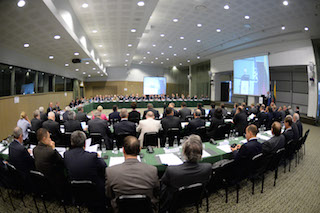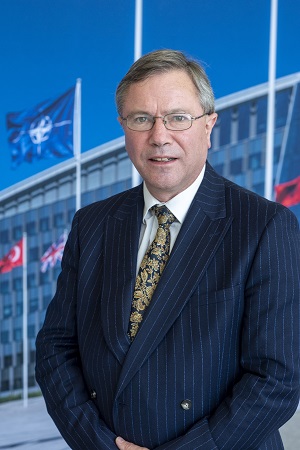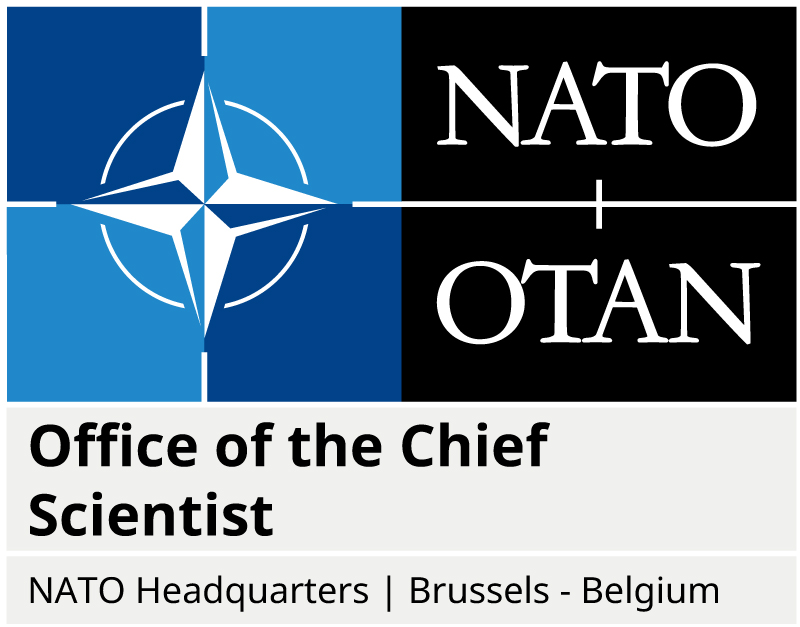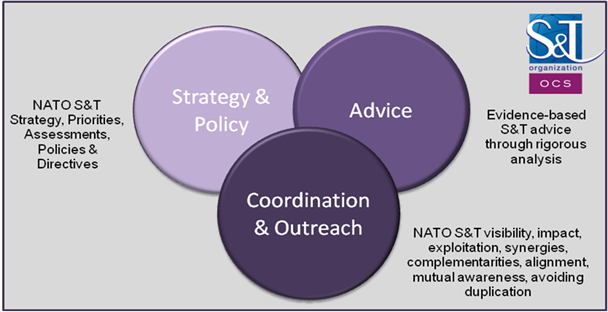The Science and Technology Board (STB)
 The Science & Technology Board (STB) constitutes the highest
authority within the Science and Technology Organization (STO), and is the policy body tasked by the North Atlantic Council (NAC) through the Conference of National Armaments Directors (CNAD)
and Military Committee (MC) to carry out the mission of the STO.
The Science & Technology Board (STB) constitutes the highest
authority within the Science and Technology Organization (STO), and is the policy body tasked by the North Atlantic Council (NAC) through the Conference of National Armaments Directors (CNAD)
and Military Committee (MC) to carry out the mission of the STO.
It operates under the following provisions:
- The composition of the S&T Board will consist of up to three members from each NATO member state, who may be chosen from government, industry, or academia, appointed by national governments.
Each nation will have one vote. Decisions shall be by consensus.
- The Chairman of the S&T Board will be NATO Chief Scientist. The Chairman shall derive his authority from the S&T Board. He will account to the S&T Board for
all actions which he may take in accordance with this Charter and the decisions taken by the S&T Board. The Chairman will be assisted by two Co-Vice-Chairmen appointed
from the International Staff (IS) and International Military Staff (IMS) on recommendation of the CNAD and the (MC), in consultation with the Secretary General.
The STB fulfils the following strategic roles:
Leadership of the STO is exercised by a single authority, the Chief Scientist, in three roles:
a) Chairperson of the STB;
b) Senior scientific advisor to NATO leadership;
c) Head of the Office of the Chief Scientist.
The Office of the Chief Scientist
 Dr Bryan Wells,
Dr Bryan Wells,
NATO Chief Scientist

The North Atlantic Council (NAC) appointed Dr. Bryan Wells (UK) as NATO Chief Scientist from 1 July 2019. In this role, he has three major responsibilities. First, he serves as Chair of the NATO Science and Technology Board (STB). Second, he serves as the senior scientific advisor to NATO leadership, ensuring that appropriate and timely S&T based advice is provided to NATO senior decision makers. Finally, he leads the Office of the Chief Scientist at NATO Headquarters.
Before his appointment as Chief Scientist, Dr. Wells was the UK Ministry of Defence’s Head, of S&T Policy, Strategic Research and International Engagement. His responsibilities included the provision of strategic policy advice on the international and research aspects of the Ministry’s science and technology programme.
Additionally, he has been Chair of the European Defence Agency’s Research & Technology Steering Board (2016-2018).
Dr Wells joined the UK Ministry of Defence in 1988. He served as Assistant Private Secretary to the Secretary of State for Defence 1989-1992, and has held a range of other posts, including Deputy Director of NATO Policy 1997-1999, and Director of Counter- Proliferation and Arms Control 2002-2008. During 1999-2002 he was on secondment to the Lord Chancellor’s Department (now the Department of Justice) as Head of Administrative Justice.
Dr Wells was educated at St Catherine’s College, Oxford (1978-85) and Merton College Oxford (1985-1988). He graduated BA(Hons) in Chemistry in 1982 and was awarded a DPhil in 1985. He conducted three years post-Doctorate research at Oxford University as a Junior Research Fellow at Merton College.
The Office of
the Chief Scientist (OCS), located at NATO HQ in Brussels, supports the NATO Chief Scientist in his/her role as the Chairperson of the Science and
Technology Board (STB) and the Senior Scientific Adviser to NATO Senior Leadership. The different functions of the Office are depicted in the figure below:

